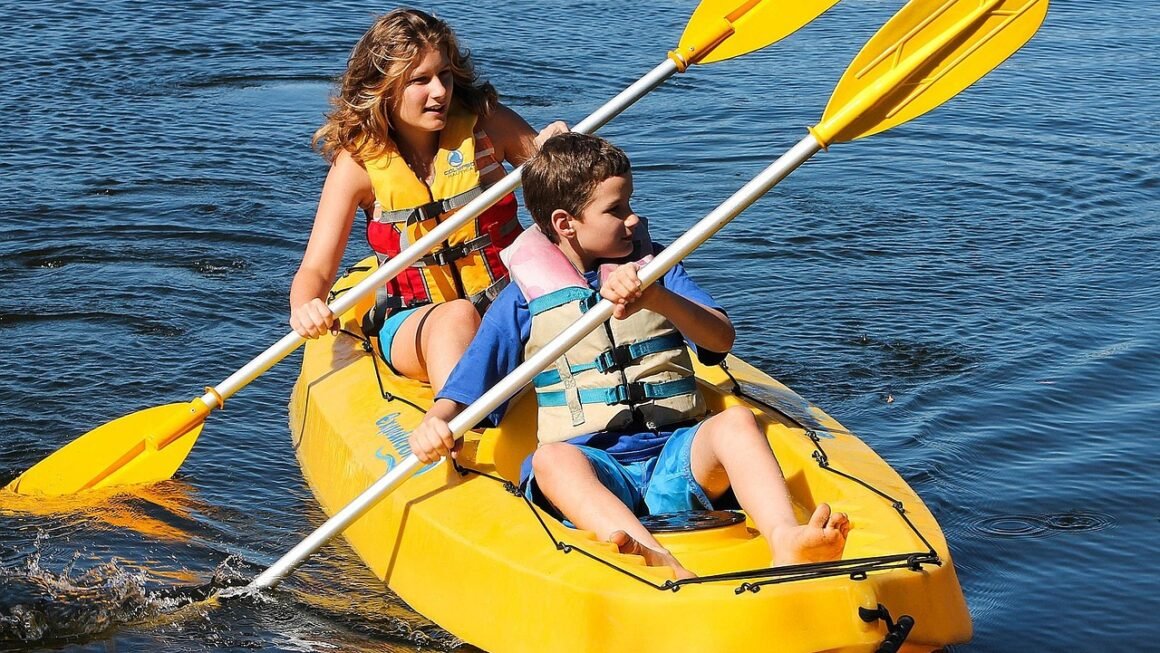Mountain biking, more than just a sport, is an experience. It’s the thrill of navigating rugged terrain, the exhilaration of conquering challenging climbs, and the serenity of immersing yourself in nature. Whether you’re a seasoned pro or a curious beginner, the world of mountain biking offers something for everyone. This guide will delve into the essentials of mountain biking, helping you understand the gear, skills, and adventures that await.
Understanding Mountain Bikes
Mountain bikes are specifically designed to handle the demands of off-road riding. Understanding the different types will help you choose the right one for your needs.
Types of Mountain Bikes
- Cross-Country (XC) Bikes: These are lightweight bikes designed for speed and efficiency on relatively smooth trails. They typically have shorter suspension travel (around 80-120mm).
Example: Great for climbing and covering long distances. Think of riding fire roads and smooth singletrack.
- Trail Bikes: The most versatile type, suitable for a wide range of terrain. They offer a balance of climbing ability and descending prowess with moderate suspension travel (120-150mm).
Example: Ideal for everyday trail riding, handling both uphill and downhill sections with ease.
- Enduro Bikes: Built for aggressive downhill riding and challenging terrain. They feature longer suspension travel (150-180mm) and more robust components.
Example: Designed to blast down steep, technical trails while still being able to pedal back up (though not as efficiently as XC or Trail bikes).
- Downhill (DH) Bikes: These are the ultimate downhill machines, designed for one purpose: descending the steepest, most challenging trails as fast as possible. They boast long travel suspension (180-200mm+) and extremely durable components.
Example: Only for dedicated downhill courses with chairlifts or shuttle services. Pedaling uphill is extremely difficult.
- Fat Bikes: Equipped with oversized tires (typically 3.8″ or wider), fat bikes are designed for riding in snow, sand, and other soft surfaces.
* Example: Perfect for winter riding or exploring beaches.
Key Bike Components
- Frame: The foundation of the bike, typically made from aluminum, carbon fiber, or steel. Frame geometry influences handling and riding comfort.
- Suspension: Front suspension (fork) and/or rear suspension (shock) absorb bumps and improve control.
- Brakes: Disc brakes offer superior stopping power compared to rim brakes, especially in wet or muddy conditions. Hydraulic disc brakes are preferred for their consistent performance.
- Drivetrain: Consists of the gears (cassette, chainrings), derailleurs, shifters, and chain. This system allows you to adjust the difficulty of pedaling.
- Wheels & Tires: Wheel size (27.5″ or 29″) affects roll-over ability and handling. Tire choice is crucial for grip and traction on different terrain.
Essential Mountain Biking Gear
Having the right gear is essential for safety and enjoyment.
Protective Gear
- Helmet: A properly fitted helmet is the most important piece of gear. Choose a mountain bike-specific helmet that offers extended coverage at the back of the head. Statistics show that helmets reduce head injuries by up to 85%.
- Gloves: Protect your hands and improve grip. Padded gloves can also reduce fatigue.
- Eye Protection: Sunglasses or goggles shield your eyes from dust, debris, and UV rays.
- Knee and Elbow Pads: Provide protection in case of falls. Recommended for more aggressive riding.
- Mountain Biking Shoes: Clipless shoes provide a more efficient power transfer and better control. Flat pedal shoes offer a grippy connection.
Riding Apparel
- Moisture-Wicking Clothing: Helps regulate body temperature and keeps you comfortable.
- Bike Shorts: Padded shorts reduce friction and improve comfort during long rides.
- Jersey: Provides ventilation and often includes pockets for carrying essentials.
Tools & Repair Kit
- Multi-tool: Includes essential tools like Allen wrenches, screwdrivers, and a chain tool.
- Tire Levers: Used to remove tires from the rims.
- Spare Tube or Tubeless Repair Kit: Essential for fixing flat tires.
- Pump or CO2 Inflator: To inflate your tires.
- First-Aid Kit: For treating minor injuries.
Basic Mountain Biking Skills
Developing fundamental skills is crucial for safe and enjoyable riding.
Body Positioning
- Attack Position: Stand on the pedals with your knees and elbows slightly bent. This allows you to absorb bumps and maintain balance.
- Weight Distribution: Shift your weight forward when climbing and backward when descending.
- Looking Ahead: Focus your gaze down the trail to anticipate obstacles.
Braking Techniques
- Use Both Brakes: Apply both front and rear brakes simultaneously for maximum stopping power.
- Modulate Your Brakes: Avoid locking up the wheels, which can lead to skidding and loss of control.
- Practice Threshold Braking: Apply the brakes as hard as possible without locking up the wheels.
Cornering
- Lean into the Turn: Angle your body towards the inside of the turn.
- Outside Pedal Down: Keep the outside pedal at the bottom of its stroke to maintain stability.
- Look Through the Turn: Focus your gaze on the exit of the turn.
Climbing
- Maintain Momentum: Choose the right gear and maintain a steady cadence.
- Stay Seated: Sitting helps maintain traction and conserves energy on smoother climbs. Stand up briefly on steeper sections for added power.
- Body Position: Shift your weight forward to prevent the front wheel from lifting.
Descending
- Attack Position: Maintain a neutral position with bent knees and elbows to absorb bumps.
- Weight Distribution: Shift your weight backward to keep your center of gravity low.
- Control Your Speed: Use your brakes to maintain a safe speed.
Finding Trails and Planning Your Ride
Researching trails and planning your ride ensures a safe and enjoyable experience.
Trail Resources
- Trailforks: A comprehensive database of mountain bike trails worldwide. Offers detailed trail maps, descriptions, and user reviews.
- MTB Project: Another popular trail database with maps, photos, and user-submitted content.
- Local Bike Shops: A great resource for finding local trails and getting advice from experienced riders.
Planning Considerations
- Trail Difficulty: Choose trails that match your skill level. Start with easier trails and gradually progress to more challenging terrain.
- Distance and Elevation Gain: Consider your fitness level and choose a route that you can comfortably complete.
- Weather Conditions: Check the weather forecast before you go. Avoid riding in severe weather conditions.
- Bring Enough Water and Food: Stay hydrated and energized by bringing plenty of water and snacks. A good rule of thumb is one liter of water per two hours of riding.
- Tell Someone Where You’re Going: Inform a friend or family member of your route and expected return time.
Trail Etiquette
- Yield to Uphill Riders: Give way to riders climbing uphill.
- Control Your Speed: Ride at a safe speed and be aware of other trail users.
- Leave No Trace: Pack out everything you pack in and stay on marked trails.
- Alert Others: Use a bell or your voice to alert other trail users of your presence.
Conclusion
Mountain biking offers a unique blend of physical challenge, outdoor adventure, and connection with nature. By understanding the different types of bikes, essential gear, fundamental skills, and proper planning, you can embark on a rewarding journey into the world of mountain biking. Remember to always prioritize safety, respect the environment, and have fun exploring the trails!



